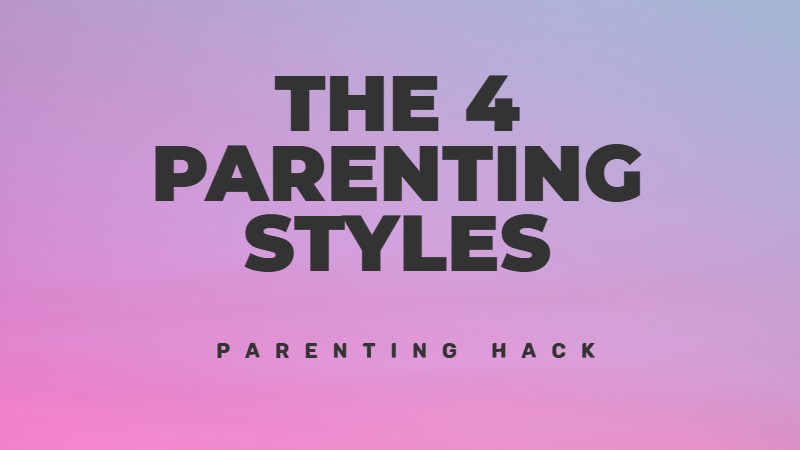When someone shares a personal problem or concern with you, you must show that you’re actively engaged in the conversation. One effective way to do this is through gentle inquiry, which involves asking open-ended questions that encourage the speaker to explore their thoughts and feelings more deeply.
Imagine your friend confides in you about a recent argument with their partner. Instead of simply nodding along or offering immediate advice, try using gentle inquiry to create a safe space for them to express themselves.
Throughout the conversation, use validating phrases to show your support: “That must be really challenging” or “I can understand why you feel that way.” These statements reassure your friend that their feelings are valid and that you’re there to support them.
Key sentences to use when applying the gentle inquiry hack:
Using gentle inquiry, you create an open environment where your friend feels comfortable sharing their thoughts and feelings. This deeper level of communication strengthens your connection and helps your friend feel supported and understood.
Remember, gentle inquiry aims not to interrogate or pry but to show genuine interest and concern. By asking open-ended questions and validating your friend’s experiences, you encourage your friend to explore their own thoughts and feelings, which can lead to greater self-awareness and problem-solving skills.
Key Takeaways
By employing the gentle inquiry hack and using the key sentences provided, you can become a more effective listener, strengthen your relationships, and provide the support your loved ones need during challenging times.




Lämna feedback om detta